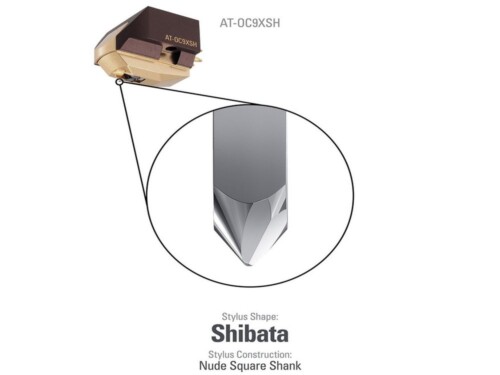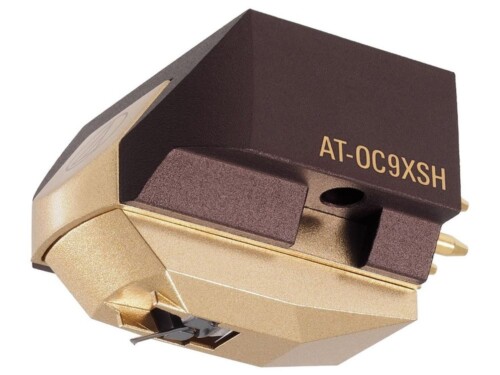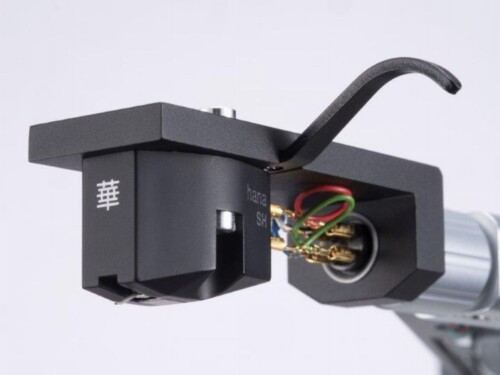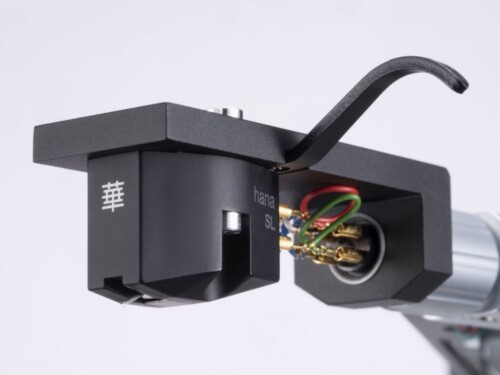Introducing Audio-Technica’s new AT-OC9XSH cartridge.
The AT-OC9XSH is a premium moving coil phono cartridge with a 2.7 x 0.26 mil Shibata stylus. The OC9X range features a new Dual Moving Coil structure, which enables the audio information in the record grooves to be separated to the left and right channels with pinpoint accuracy. This improved channel separation results in a more precise stereo image and wider frequency response. The moving coil wires in all OC9X Series cartridges are made from PCOCC (Pure Copper by Ohno Continuous Casting), for optimum signal purity.
The AT-OC9XSH utilises a neodymium magnet with a Permendur yoke, a configuration that provides high-saturation magnetic flux density and optimises the concentrated magnetic field of the coil gap, for improved reproduction of the delicate musical signals generated by the cartridges. This Shibata stylus model has been upgraded with a boron cantilever carefully selected to keep unwanted vibrations to a minimum and reduce internal resonances for clearer, more detailed audio reproduction.




